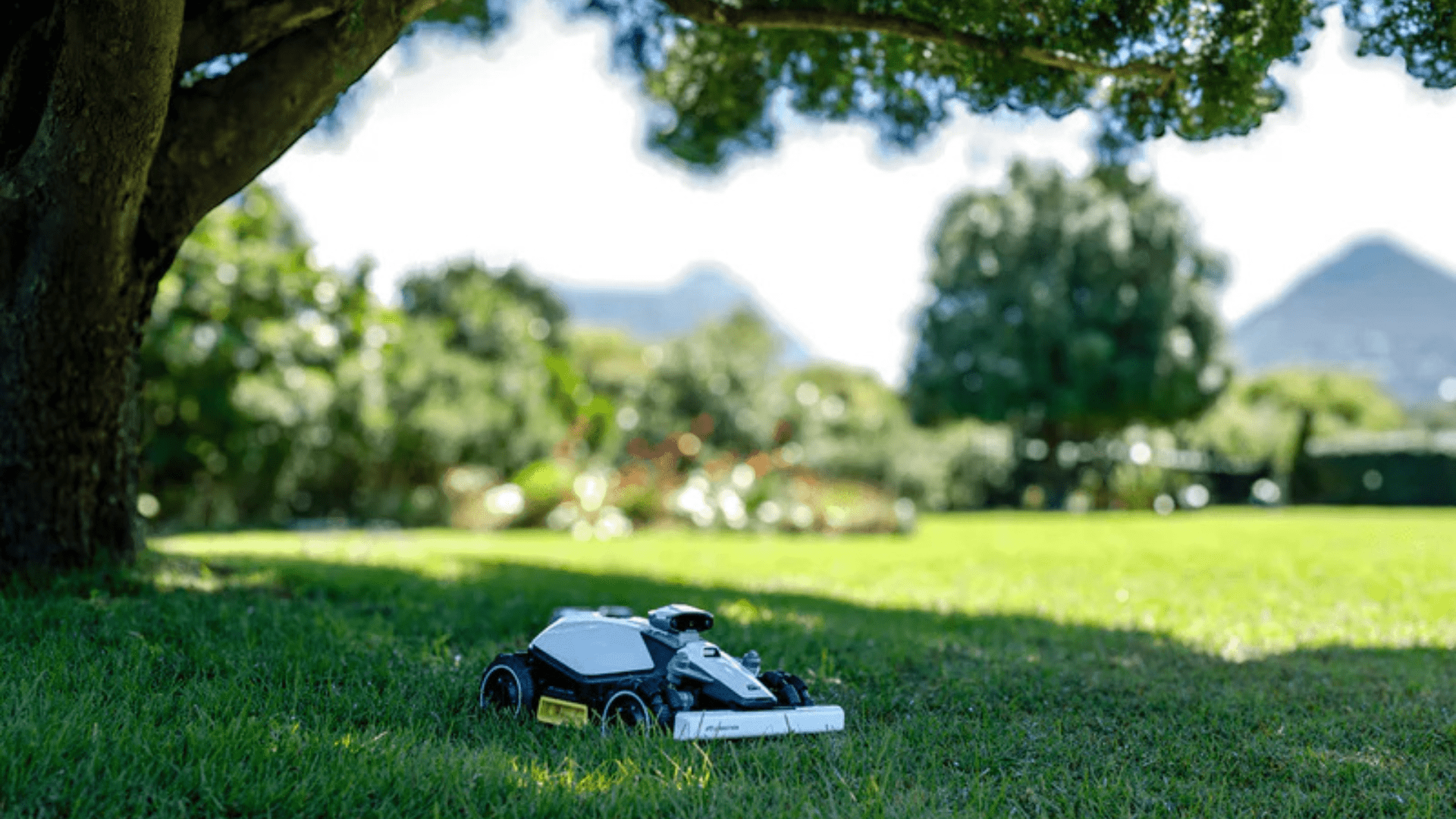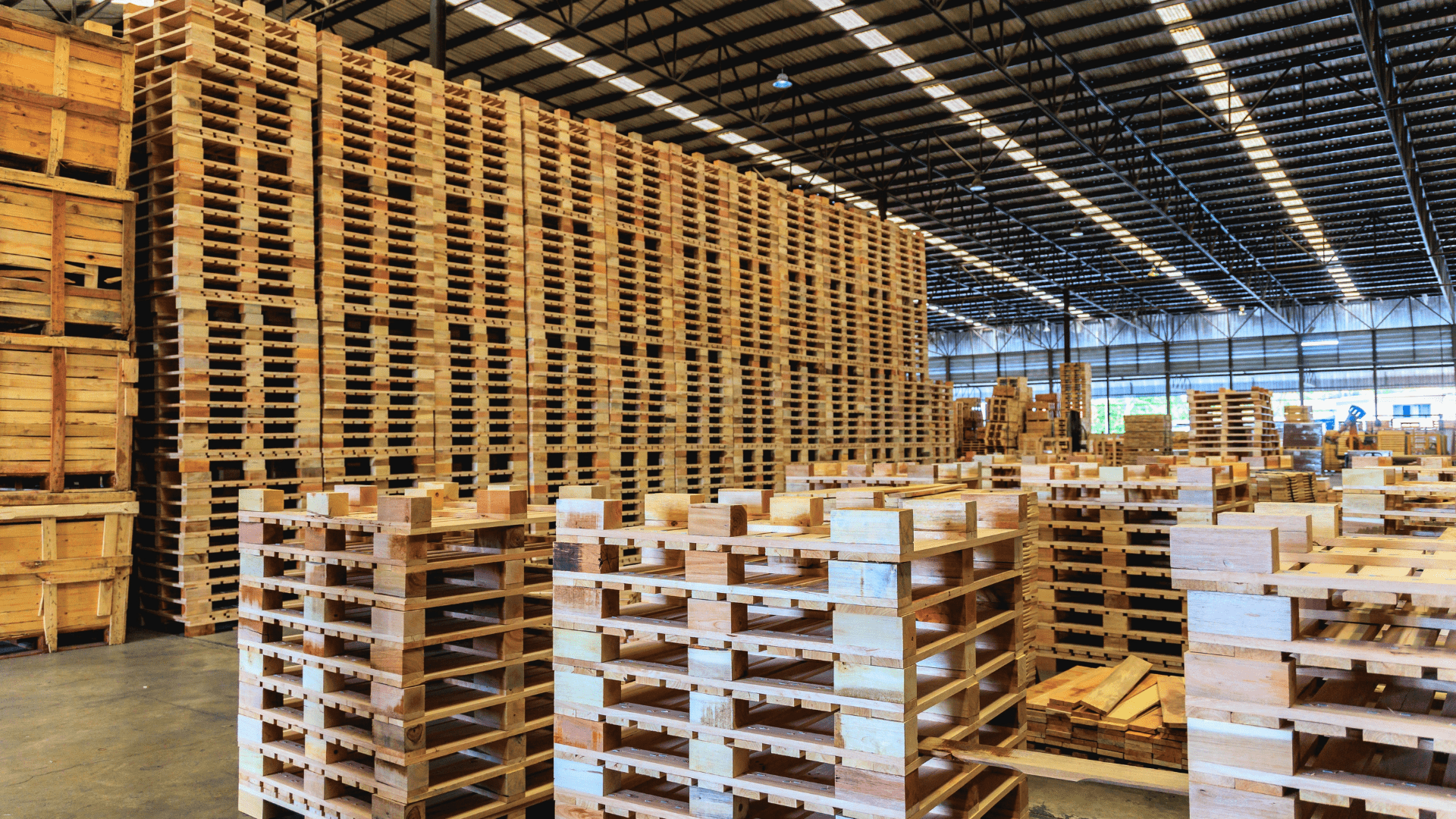With spring cleaning in full swing, it’s time for your various cleaning tools to shine (and make your counters shine). But have you ever wondered how your broom went from the factory floor to sweeping yours?

The raw material used to create a broom, or broomcorn, arrives at the manufacturer already processed and bundled. Once they arrive at the factory, the bundles are sorted by length and color of fiber. Then the bundles are grouped together and sent to be submerged in a water tank for ten seconds using a crane (broomcorn must be wet in order to be worked). After they’re sufficiently wet, workers break up the bundles into smaller bundles and those are placed on racks and rolled to operators.
The operators are equipped with a broom-making machine and solid handles. The operator will take a handle and place a metal wire into a hole drilled near the bottom of the handle. As they begin to assemble the insides to the broom, the lowest grade grass is secured to the center of the broom while the higher grade grass, or broomcorn, is secured to the outsides of the broom. The side corn is secured using additional tinned wire wrapped around it.

After the material has been cut straight across using a knife, the final step is known as the run down. This is when the operator runs the wire that holds the hurl down the handle and nails it off. This secures the cut end to the wooden handle.
Now that the broom is assembled, the broomcorn must be dried out. The brooms are then placed on a rack and moved into a large drying room and are left there for roughly five to six hours. Finally, they’re taken to a sewing room where they are sewn into a flat shape using roughly three rows of sewing to hold the grasses securely. Finally, they’re packaged and sent from the manufacturing plant to sweeping up fallen plant leaves in your living room.







